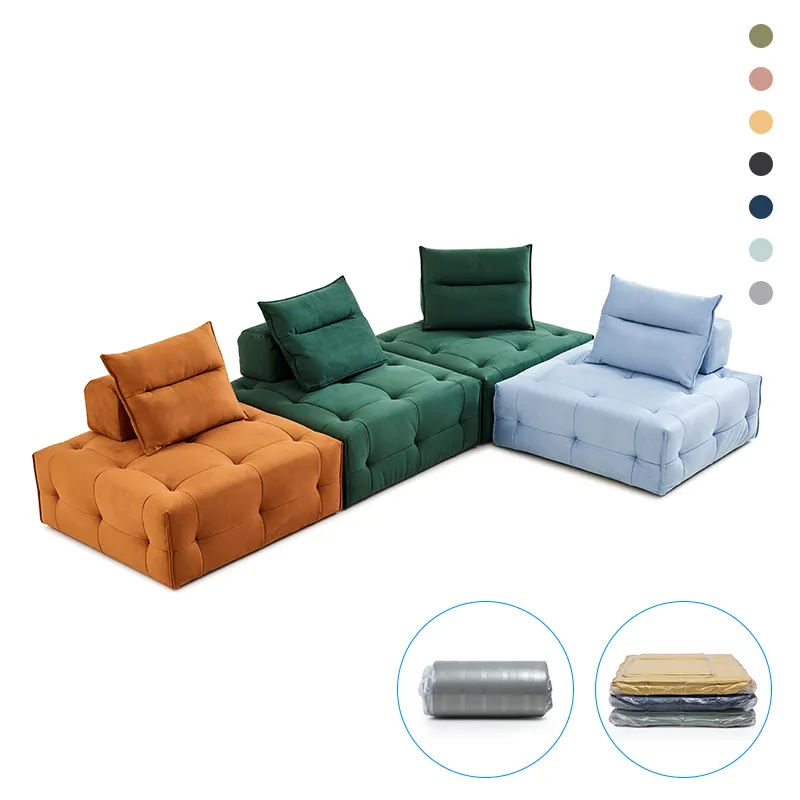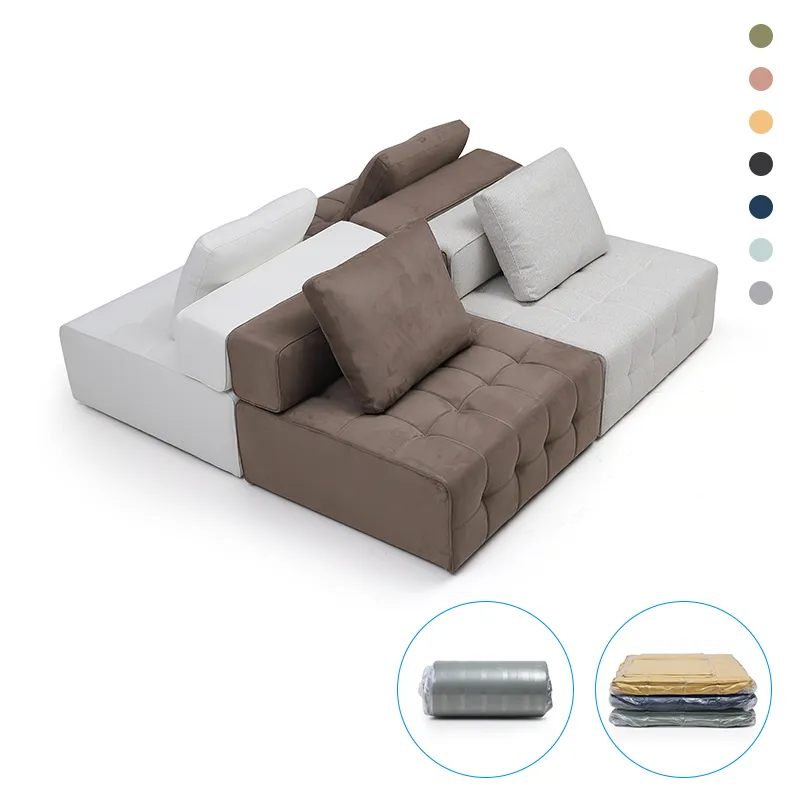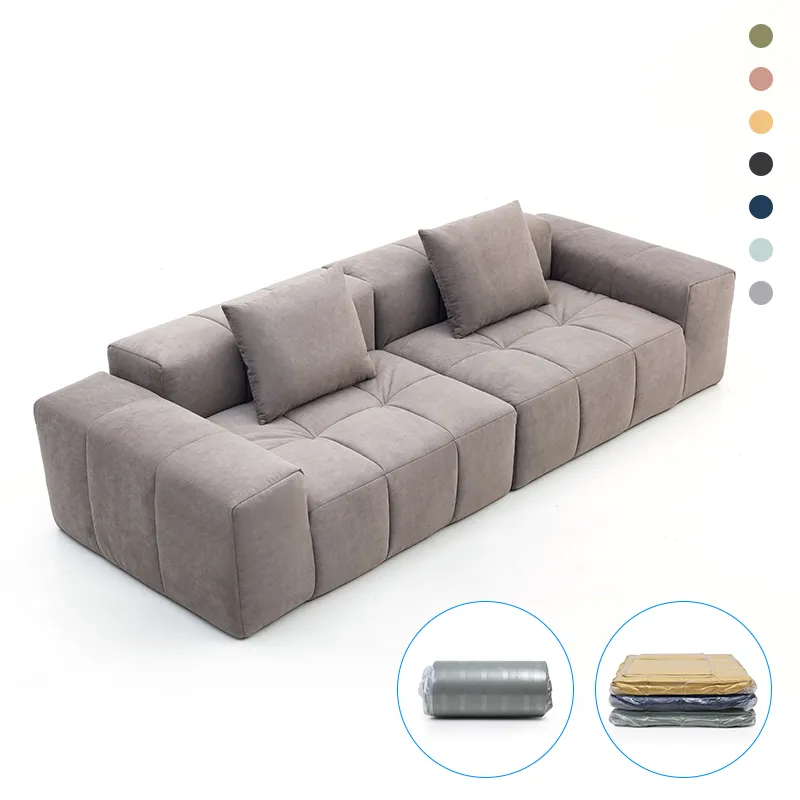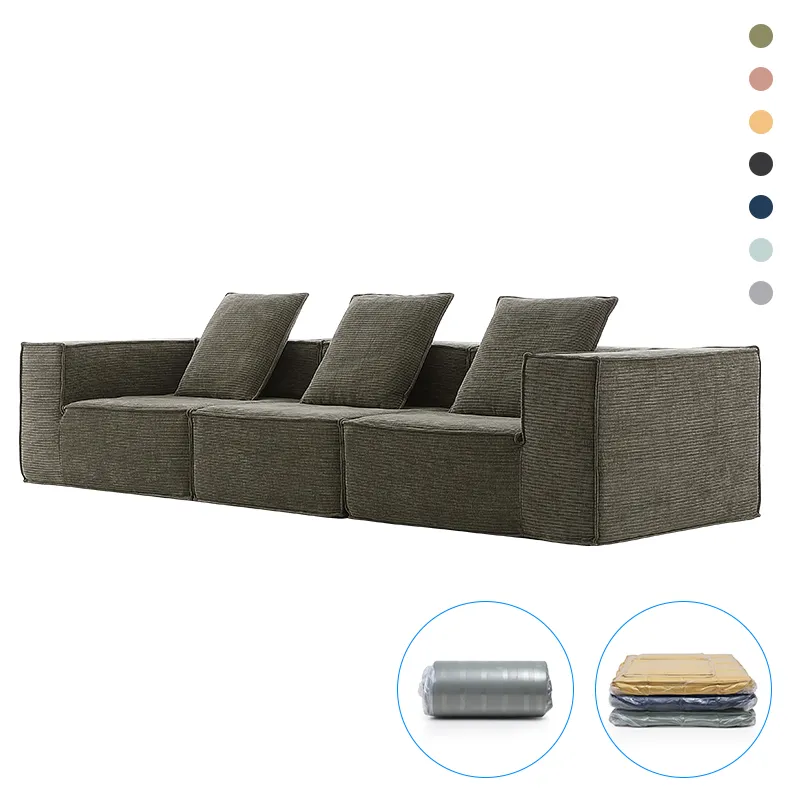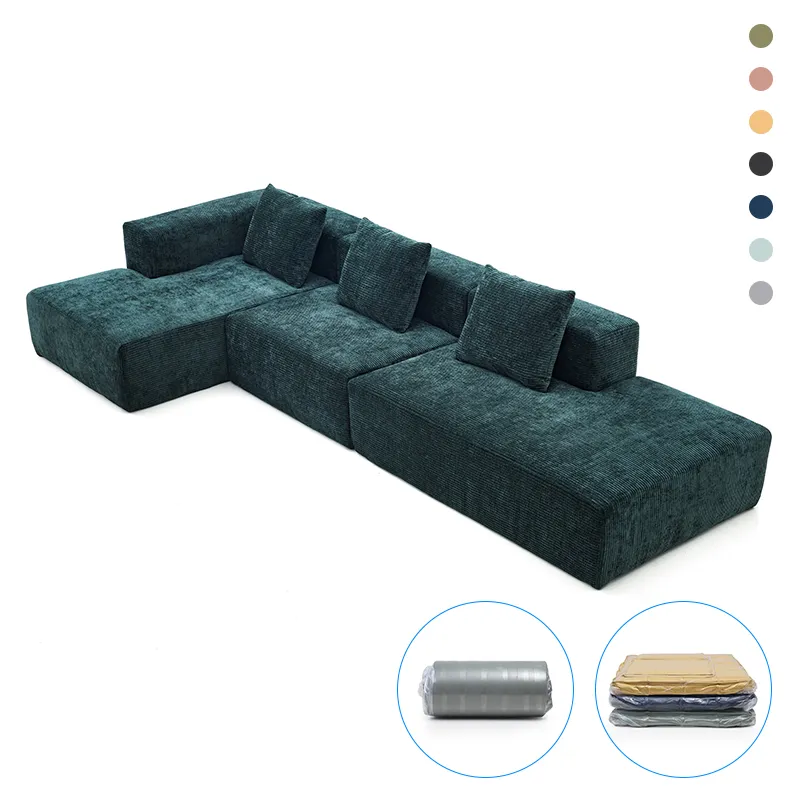Executive Ergonomic Office Chair—Rotating, Modern: Buy Now?
Executive Ergonomic office chair Rotating office chair Modern office chair: field notes from a long week at the desk
If you sit for a living (guilty), you start to notice which chairs merely look the part and which ones quietly save your back. From Tangpu Industrial Park in the Anji Economic Development Zone—China’s long-time seating hub—comes a model that’s been making the rounds in facilities groups and HR wellness meetings. It’s chiropractor-approved, which, to be honest, is the first credential I look for now that “ergonomic” gets slapped on everything.
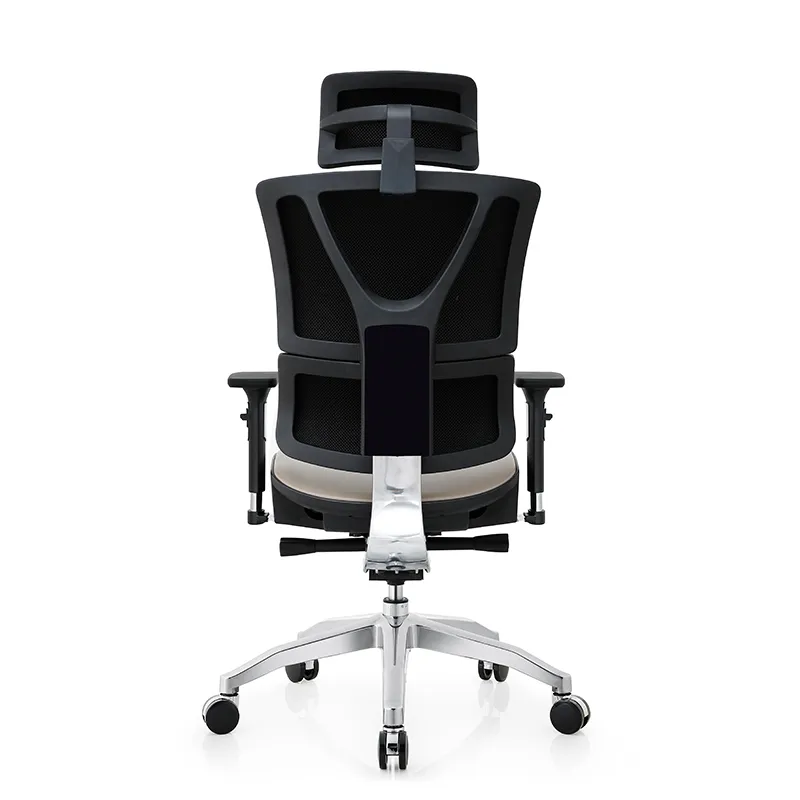
Why this chair is trending
Hybrid work hasn’t reduced seating standards—if anything, expectations went up. Employees want clinical-grade lumbar support yet a modern look that doesn’t scream “orthopedic.” The Executive Ergonomic office chair Rotating office chair Modern office chair leans hard into adjustability: an on-demand lumbar pump, independent seat/back tilt, and a seat-slide that actually suits both tall devs and shorter admin teams. Many customers say the contoured foam is the difference between “I stood up every hour” and “I forgot time.” I get it.
Core specifications (real-world ready)
| Lumbar support | Adjustable air pump, fine-tune lower-back pressure |
| Seat slide | ≈ 50 mm travel; promotes leg circulation for different heights |
| Tilt functions | Independent seat/back tilt with lockable mechanism; recline ≈ 90–120° |
| Arms | Height-adjustable; optional soft caps |
| Foam | Ergonomic contoured foam seat and back, medium-density comfort |
| Seat height | ≈ 420–520 mm (gas lift; real-world use may vary) |
| Base & casters | 5-star reinforced nylon or optional polished aluminum; 60 mm casters for carpet/hard floor |
| Weight capacity | ≈ 125 kg per ANSI/BIFMA X5.1 typical rating |
Process, testing, and service life
Materials: contoured performance foam; fabric/mesh/vegan-leather upholstery options; steel mechanism; class-3/4 gas lift. Methods: CNC-cut foam, multi-point assembly, torque-verified fasteners, 100% functional test. Testing standards: designed to meet ANSI/BIFMA X5.1 and EN 1335; optional BS 5459 for higher duty cycles. Typical service life: around 8–10 years in standard office use; upholstery life depends on environment and cleaning practices. Industries: tech, finance, design studios, healthcare admin, higher-ed, home office.
Vendor landscape (quick compare)
| Vendor | Certs & Tests | Lead Time | Customization | Warranty |
|---|---|---|---|---|
| Laining (Anji) | ANSI/BIFMA, EN 1335, internal cycle tests | ≈ 3–6 weeks | Upholstery, base material, arm type | Typically 3–5 years (varies) |
| Vendor A (mass-market) | Basic BIFMA claims | Fast ship | Limited colors | 1–2 years |
| Vendor B (premium EU) | EN 1335, GS, extended testing | 6–10 weeks | Broad finishes | 5–12 years |
Use cases and results
- Focus work: dial in lumbar with two pumps of the bulb, lock a slight forward tilt to stay engaged.
- Creative sprints: free-float recline at ≈ 110°, tune tension so ideas arrive without the back complaining.
- Hot-desking: seat slide and arm height reset quickly; facilities teams appreciate the consistency.
Case study (mid-size fintech, 180 seats): after switching to the Executive Ergonomic office chair Rotating office chair Modern office chair, self-reported back/hip discomfort incidents dropped ≈ 22% over 90 days; average sit time per session increased by 17 minutes without fatigue complaints (internal EHS survey, n=143).
Customization and support
Options typically include upholstery (breathable fabric, mesh insert, or easy-care vegan leather), base (nylon or aluminum), caster hardness, and arm types. Batch labeling and spare-parts kits are available for facilities. Origin matters too: built in Anji, with parts logistics that—surprisingly—hold up well during peak season.
Compliance, data, and peace of mind
Chiropractor-endorsed ergonomics are backed by standards: cycle/load testing to ANSI/BIFMA X5.1, dimensional guidance under EN 1335, and optional 24/7 use targets following BS 5459. Real-world numbers vary, but the engineering intent is clear: reduce spinal load, keep circulation flowing, and help workers last the day without the 3 p.m. slump.
Citations
share:
-
Chairs Meeting Room: The Ultimate Guide to Choosing Ergonomic, Sustainable SeatingNewsNov.24,2025
-
The Global Appeal and Practical Benefits of Blue Meeting Room Chairs | Laining GlobalNewsNov.23,2025
-
Black Meeting Room Chairs: Durable, Ergonomic & Stylish Seating for Modern WorkspacesNewsNov.23,2025
-
Stackable Meeting Room Chairs - Durable, Efficient & Space-Saving SolutionsNewsNov.22,2025
-
Office Meeting Room Chairs – Comfort, Durability & Sustainability in Modern OfficesNewsNov.22,2025
-
Choosing the Best Office Chairs for Meeting Rooms: Comfort Meets StyleNewsNov.22,2025
-
Optimizing Office Spaces: The Essential Guide to Meeting Room Table and ChairsNewsNov.21,2025


